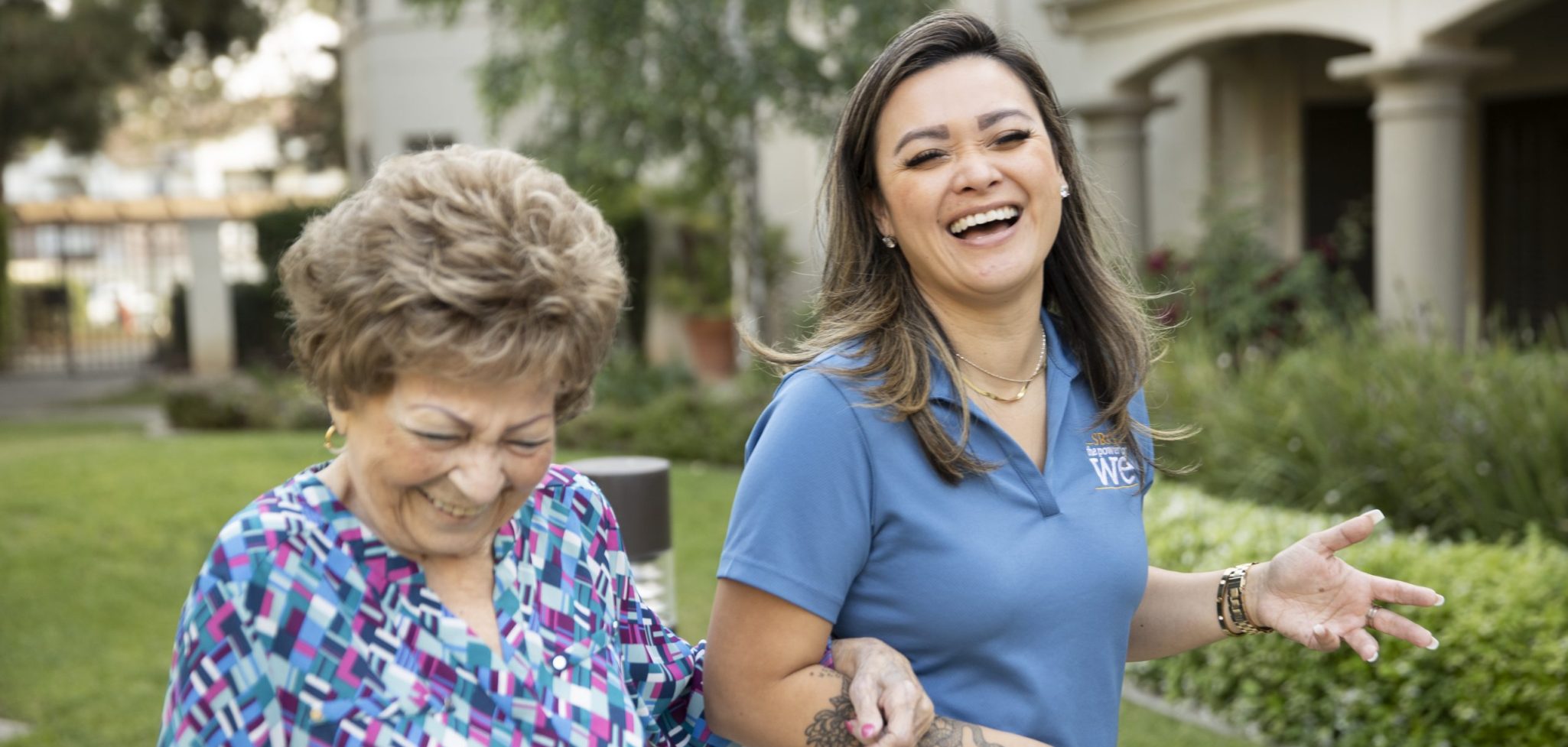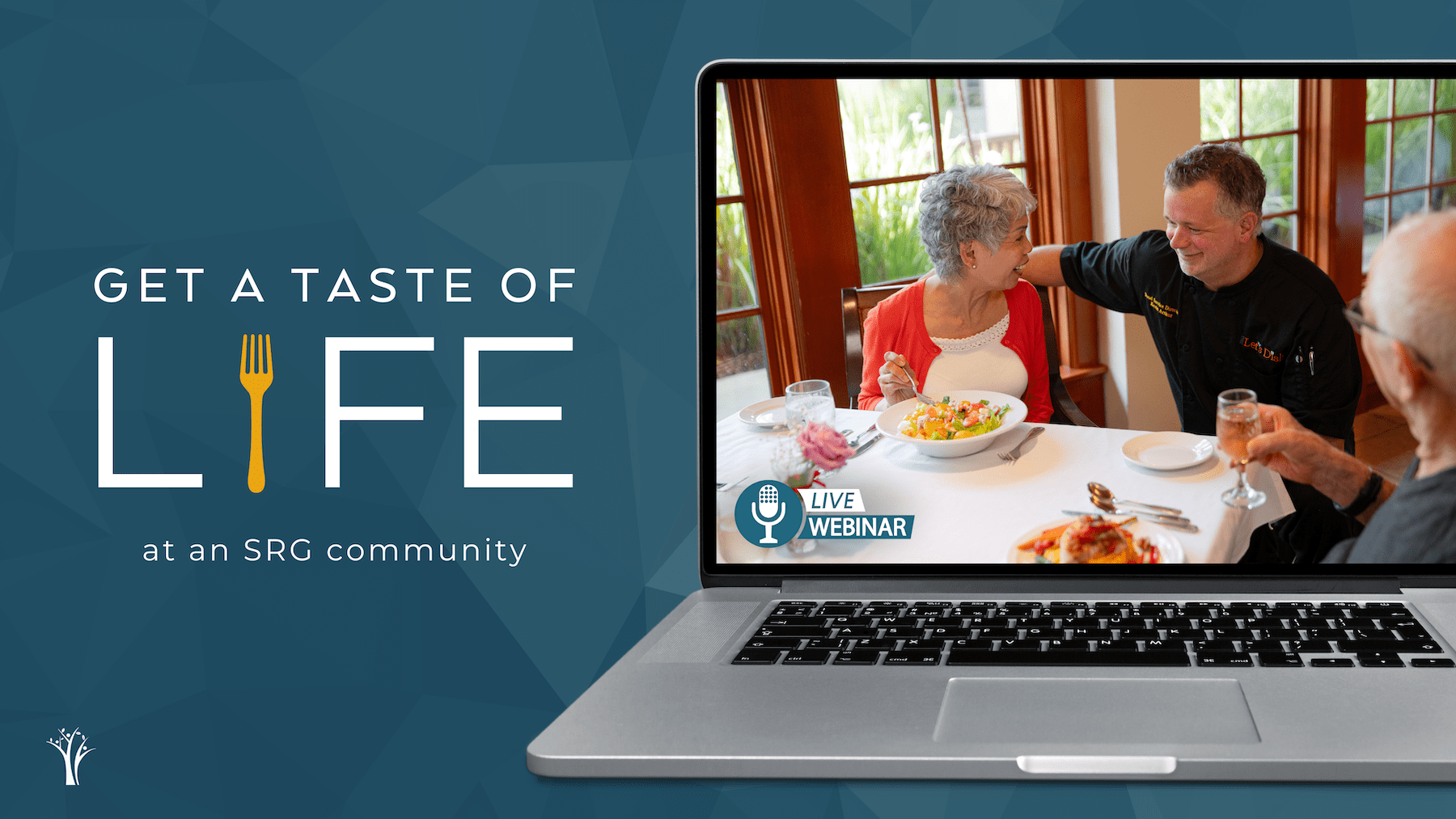Types of Caregivers

If you have an aging loved one, you might already be familiar with the term caregiver. This is someone who provides care, assistance, and support to someone who needs it, perhaps due to age, disability, or illness. But did you know that there are actually several different types of caregivers to choose from, based on the person’s needs?
Many aging adults are choosing aging in place as a part of their care plan. In order to do so, they may need help and support that goes beyond what family members can handle, so having information about options and resources is important. Here’s what you and your loved ones need to know if you’re looking into the variety of caregivers out there.
Family Caregivers
The most basic caregivers for seniors are family caregivers. As the name implies, a family caregiver is a family member who provides care and support to another family member, even if they are not a professional. Most often, family caregivers aren’t paid for the tasks they do and the help they provide, many do it simply because they love their family member who needs some extra help at this stage. Examples of family caregivers for seniors are their children, siblings, or nieces and nephews.
Family caregivers can help with a number of tasks by providing emotional, financial, and social support. People have been stepping into this role across generations to help out aging relatives or close friends. Even though it can be really rewarding and fulfilling to take care of an aging family member, it also comes with its own set of challenges. Some family caregivers find it difficult to manage their time to take care of both themselves and their loved ones. Many report feelings of physical or emotional stress, or even lack of sleep because of their duties. Some family caregivers also find it difficult to ask for help when they need it.
Family caregivers need support, too. If you want to help the caregiver in your family, you can help provide emotional support and periodically check in on them. If the caregiver seems especially stressed, you can encourage them to seek professional help. If you are a caregiver, it’s important to remember to take care of yourself. Make a plan and a schedule to make sure your needs are met just as much as those of the person you’re caring for. Don’t be afraid to ask for help when you need it or to reach out to others to simply talk about how things are going.
Professional Caregivers
Some aging older adults opt for professional caregivers, which are trained individuals who can provide a standardized level of care and services. Within this group, there are specific types of caregivers who can provide a range of tasks to help with the health and safety of aging older adults.
Home Health Aides
Home health aides (HHAs) help older adults aging at home to continue living independently. They do this by assisting with everyday things like personal care and hygiene, some light housekeeping, and most importantly, companionship. An HHA can lend a hand when it comes to:
- Bathing
- Dressing
- Grooming
- Mobility
- Doctor-prescribed exercises
- Meal planning
- Taking medications
- Household tasks
- Emotional support
An HHA can have a flexible schedule, depending on the needs of the person they are caring for. Some work short, two-hour shifts while others may stay for up to eight hours. HHAs consider the individual needs of the person they’re caring for to create a tailored plan and approach that suits them the best.
Personal Care Assistants
While HHAs are more focused on the health and safety of those they care for, a personal care assistant (PCA) may offer closer care in comparison. PCAs help with the daily well-being of their charge, but they may also do more personalized tasks, such as running errands, cooking, and providing transportation. HHAs can help with some light housework, but a PCA can offer routine housekeeping that digs into more difficult tasks.
PCAs often have close bonds with those that they care for. This is because the level of care is personalized and includes helping with things like eating, taking meds, and keeping the home orderly. PCAs, just like HHAs, make it possible for aging older adults to live longer independently in their own homes.
PCAs are employed through different agencies but are usually supervised by a licensed nurse, social worker, or other kind of manager. Part of a PCA’s job is to keep records and monitor things like changes in mood appetite, or overall condition. PCAs don’t provide medical care but they might be asked to perform tasks like monitoring and recording vitals.
Certified Nursing Assistants
A certified nursing assistant (CNA) is an entry-level healthcare position who typically works under the supervision of a registered nurse. They have a higher level of medical training compared to the other types of carers mentioned, so they can perform tasks like:
- Moving or turning the person they’re caring for
- Grooming and personal care
- Treating wounds
- Feeding and documenting the food and drink intake
- Bathing
- Transporting the person they’re caring for
- Assisting with medical procedures in a facility
CNAs usually work in centers designed for aging adults or other people who need extra care. This could be adult day centers, rehab centers, or long-term live-in facilities. While many older adults want to stay at home as long as possible, live-in facilities can often provide a high level of medical and social support that might be hard to manage with a different kind of carer at home. It’s important to remember that just like with carers, there are several different live-in options to explore depending on the needs of the senior. Senior communities are places where seniors not only get the care that they need as a part of healthy aging, but also thrive physically, socially, and emotionally.
Volunteer Caregivers
A volunteer caregiver, or an informal caregiver, is similar to a family caregiver. This is someone who is in the senior’s social network and decides to help them with daily tasks. A volunteer caregiver is unpaid for their help and they usually don’t have any specific training. Usually, a volunteer caregiver decides to donate their time simply to help someone they care about and for personal fulfillment. They are not professionals, just people who give their time to help out someone in need.
Volunteer caregivers are usually someone that the older adult already knows, but are not family members. This could be someone like a neighbor or a family friend. They may often work with family caregivers as a time to provide the family with extra support and relieve them of some duties. Many of the tasks are the same as those that a family caregiver would do, such as helping out with household tasks, running errands, and providing a social connection.
Sometimes, volunteer caregivers are people who don’t have a previous connection to the person that they are caring for. Instead, they are volunteering simply for personal reasons. You can find a volunteer caregiver through a number of organizations that aim to link up community members with older adults in need of some extra help. A quick internet search can help you find local volunteer caregiver organizations in your area.
Hospice Caregivers
Hospice caregivers are those who provide care toward the end of one’s life, either due to age or health conditions. As a close family member or friend of an older adult who is at the end of their life, providing the care that they need might become overwhelming or emotionally difficult. Working with a hospice caregiver can help make things easier while keeping your aging older adult as comfortable as possible during this time. Live-in hospices are one option, but working with an at-home hospice caregiver might be a more comfortable choice.
Hospice caregivers give special attention and care to your loved one during this sensitive time. This means that some of the caregiver stress is taken off of you and you can process your needs and emotions, too. Most importantly, using a hospice caregiver keeps your older adult at home, in a familiar environment. They are given the opportunity to finish out their lives in dignity, in a place they love, rather than in a hospital or other facility. Many older adults appreciate having the option to be at home when the time comes.
Part of working with a hospice worker is that there’s a comprehensive plan set in place. The plan can include input from medical and health workers and clergy to include the best care possible during this time, while also including the wishes and input of your loved one. There are several ways to look for hospice workers for older adults. One place to start is the National Hospice and Palliative Care Organization, which connects hospice workers across the country.
Find the Right Caregiver
If you’re looking out for an aging older adult, finding the right caregiver for them is an important part of helping them with healthy aging. Some prefer to have the assistance of an at-home caregiver, while others look to live-in senior communities. SRG Senior Living has 19 luxury senior communities across the U.S. that offer different options when it comes to maintaining wellness at this stage in life. Contact SRG now to see if our communities are the right fit for you or the older adult in your life and discover how we help our residents to live happy, fulfilling, and engaging lives.




